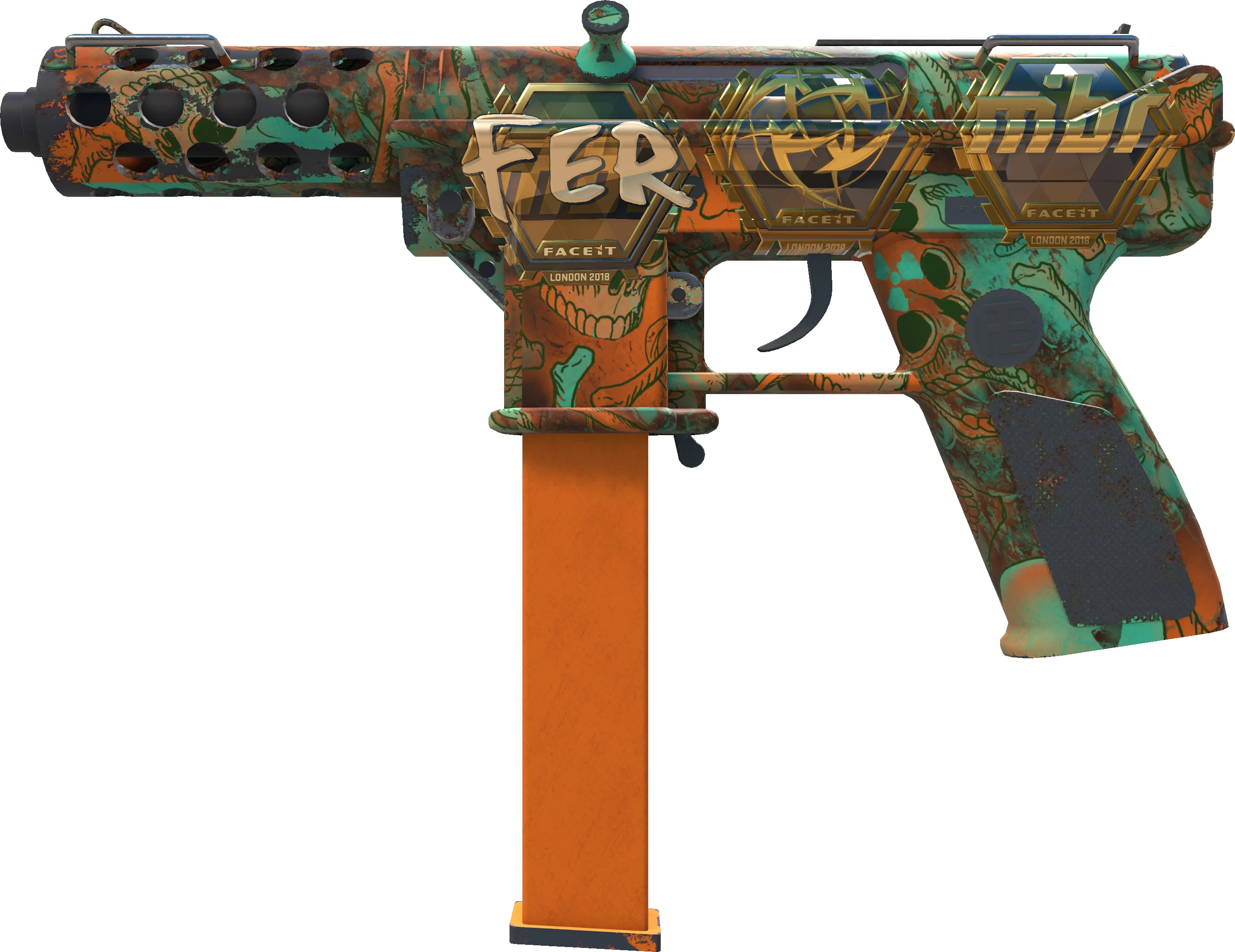BD Help Zone
Your go-to source for insightful news and information.
CS2 Toxicity Reports: Tales from the Virtual Trenches
Dive into the wild world of CS2 toxicity! Explore shocking reports and gripping tales from the virtual trenches of competitive gaming.
Understanding CS2 Toxicity: What Causes Toxic Behavior?
Understanding CS2 toxicity is crucial for fostering a healthier gaming environment. Toxic behavior in games like Counter-Strike 2 (CS2) often stems from a combination of factors, including competitive pressure, anonymity, and the game's design. Players may feel overwhelmed by the high stakes of ranked matches, leading to frustration and, ultimately, aggression. This pressure can be compounded by the anonymity that online gaming provides, allowing individuals to express themselves in ways they might not in face-to-face interactions.
Another contributing factor to toxic behavior in CS2 is the game design, which can inadvertently encourage negative interactions. Elements such as voice chat and team dynamics can lead to conflicts among players. Miscommunication and the fear of losing can exacerbate tensions, resulting in players resorting to insults or harassment. Understanding these causes is essential for both players and developers, as addressing these issues can help cultivate a more positive gaming experience.

Counter-Strike is a popular first-person shooter that has captivated gamers around the world with its tactical gameplay and competitive environment. Players can engage in various modes, with the focus often on team-based objectives and strategy. For those interested in the latest trends, check out the Top-Gewinner von CS2 Skins to explore the most valuable in-game items and player achievements.
The Impact of Toxicity on Gameplay: Stories from the Trenches
In the competitive world of online gaming, toxicity has become an unfortunate reality that profoundly affects gameplay. From verbal abuse in voice chats to negative attitudes in text messages, players often find themselves in toxic environments that can dampen their overall experience. For instance, consider the story of a dedicated player who invested countless hours into mastering their favorite game. They quickly found themselves demotivated after encountering a barrage of insults simply for making a mistake. This example illustrates how toxicity not only impacts individual players but also the community as a whole, often creating an atmosphere of hostility that discourages newcomers.
Another striking example comes from a popular multiplayer game where one player decided to team up with friends but was met with hostility from other teams. After a confrontation filled with personal attacks and derogatory remarks, the atmosphere turned toxic. The player's friends, who initially joined to have fun, began to lose interest, leading to a drop in player engagement. Such experiences highlight how toxicity can erode camaraderie and create barriers to enjoyment. As gamers, it’s crucial to address these issues actively, fostering an environment that prioritizes positivity and respect in order to enhance the overall gaming experience.
How to Report and Combat Toxicity in CS2: A Guide for Players
In the highly competitive environment of CS2, player interactions can often lead to toxic behavior that negatively impacts the gaming experience. To effectively report this toxicity, players should familiarize themselves with the in-game reporting system. Start by accessing the player’s profile after the match; click on the 'Report' button and select the specific issues, such as 'Toxic Behavior,' 'Cheating,' or 'Griefing.' Providing detailed information about the incident can significantly enhance the chances of swift action against offenders. Remember, addressing toxicity not only helps create a better environment for yourself but also for the entire CS2 community.
Combatting toxicity in CS2 goes beyond reporting; players can also adopt proactive measures to mitigate its effects. Here are some essential strategies to consider:
- Mute toxic players: Take immediate action during a game by muting players who exhibit disruptive behavior. This allows you to focus on gameplay without the distraction of negativity.
- Encourage positive interactions: Promote a friendly atmosphere by communicating positively with your teammates, fostering camaraderie, and discouraging toxic remarks.
- Engage with community guidelines: Familiarize yourself with CS2 community values and contribute to them by setting an example through your conduct.
By proactively managing in-game environments, players can contribute significantly to reducing toxicity and enhancing the overall gameplay experience.